The fine folk art of bluegrass flatpicking has probably never been on the minds of more music fans than it is today, thanks to the rise of Billy Strings as an arena-scale artist. His chops and musicality, combined with strong songwriting and a superb band, have made him a different kind of guitar hero—one whose own heroes include Doc Watson, Tony Rice, and Norman Blake.
Of course, Billy Strings isn’t the only picker of his generation inspired by the greats or making new things happen on the flattop with a flat pick. Molly Tuttle has emerged as the most influential woman in the field’s history, as a two-time International Bluegrass Music Association guitarist of the year and a Grammy Award winner. Impressive flatpickers Grant Gordy, Jake Stargel, Cody Kilby, Chris “Critter” Eldridge, Trey Hensley, Courtney Harman, and Jake Workman have also toured and recorded widely, contributing to the approach’s elevation.
So, who’s next? We looked into the talent pool of emerging flatpickers and asked some of today’s leading players who’s been impressing them. And we came up with this list of four young, dynamic musicians with bright futures—playing bluegrass guitar and then some.
Jake Eddy
When Jake Eddy recently moved into his new house, a few hundred feet from the home where he grew up in Parkersburg, West Virginia, the first things he unpacked were a rug and the stereo. “And I laid on the rug, and I listened to A Love Supreme by John Coltrane and Manzanita [by the Tony Rice Unit]. And I cried my eyes out,” he says. Eddy offers this anecdote in a conversation about his musical passions and influences, and, sure enough, his growing body of work already includes abstract jazz, progressive string music, and traditional bluegrass.
What’s wild is how much this gregarious player and teacher has achieved by the age of 23. He’s visible and outspoken on Instagram and YouTube, and has a packed schedule of students. He plays gigs with mandolinist Andy Statman, one of the most sophisticated roots musicians out there, and he also has the nerve to perform live as a solo bluegrass flatpicker. Most everything about him feels unreasonably precocious and one-of-a-kind.
Eddy grew up in the bluegrass music world—a “festival rug rat”—and his abundant self-assurance seems to have shown itself early on. When he was just 14, the late road warrior Melvin Goins invited Eddy on the road, just as he had with a young Jason Carter years before the fiddler joined the Del McCoury Band. Jake’s family said okay, stipulating that his bluegrass picking grandfather go out as chaperone. Then, when the bass player quit, grandad stepped in and finished the tour. Jake actually played banjo in that band, “but I got to stand every night beside Junior Blankenship, who played guitar for Ralph Stanley.” So, to say it was a learning experience would be an understatement.
When the time came for college, Eddy had a scheme, which was to enroll in a music program, front load his music classes, and then split before the electives and humanities courses came due. (“I had always intended to quit,” he affirms.) His offramp was a job on the road playing guitar with the Becky Buller Band, which he did for a couple of seasons as the pandemic ban on touring lifted. Now, he’s independent again and focusing on his own identity as a player. That’s led to a self-titled debut EP, made in Nashville with Bryan Sutton and other bluegrass luminaries.
More recent, though, is his audacious solo album Live at Spanish Ballroom, recorded in Seattle with crafty takes on standards like “Beaumont Rag” and “Kentucky Waltz,” and plenty of magnetic stage banter to capture the feeling of being in the room with a self-assured storyteller. Solo flatpicking concerts are rare to say the least—virtuoso David Grier is one of the only guitarists to rise to the challenge—because it’s so hard to fill the musical space without support, but Eddy was born with a large dose of courage. “I never thought of it as limiting,” he says. “I thought it was cool.”
Jake Eddy’s Gear
Jake plays a 1951 Martin D-18, with D’Addario XS medium strings, and uses a ToneSlabs Tri XL 1.4 mm pick.
Luke Black
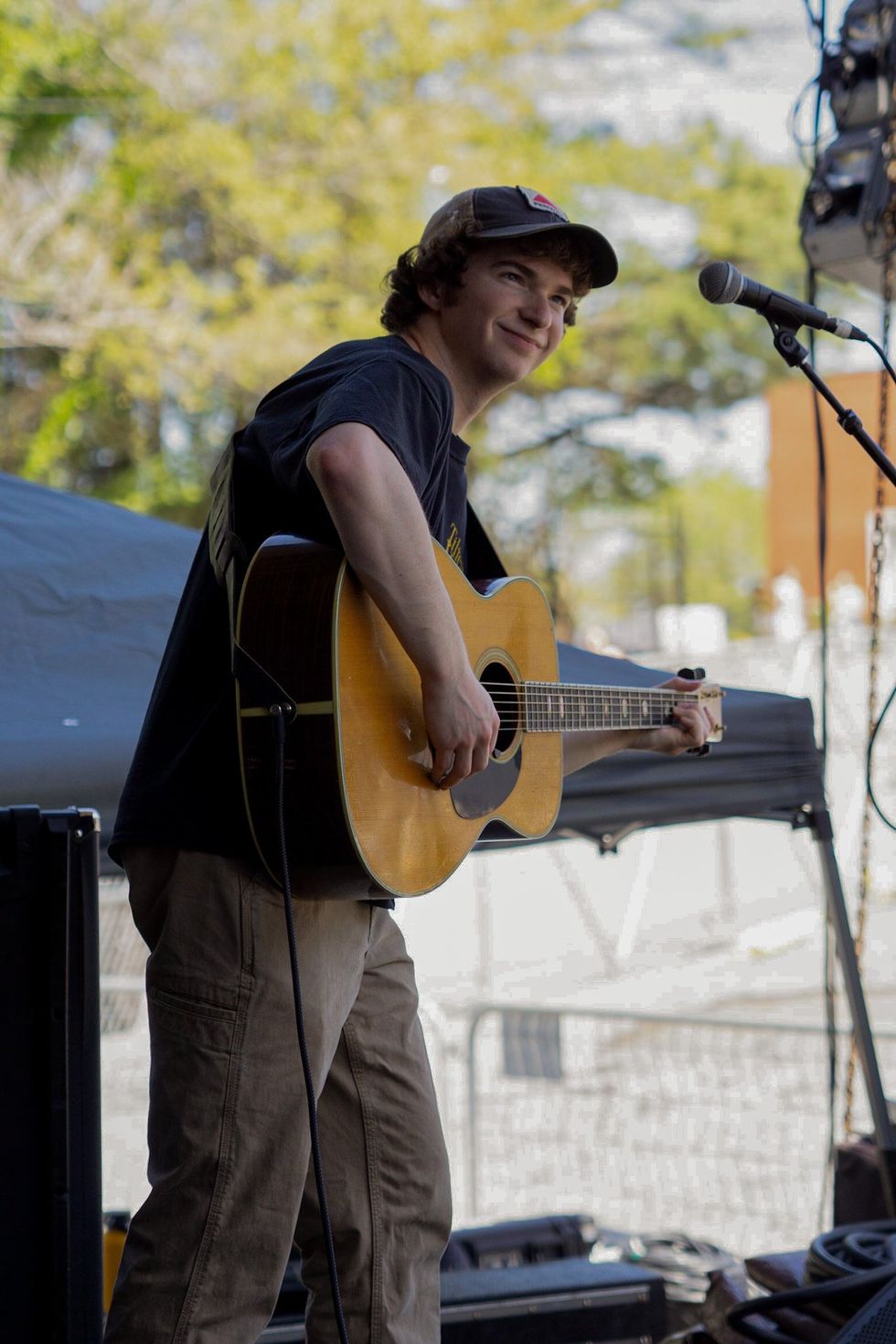
When Luke Black’s mother took him to a music store in first grade and urged him to pick up an instrument, he chose the banjo, thinking “it would be funny.” But he started something pretty serious that day, which led to a passion for bluegrass and a burgeoning career on the acoustic guitar. Black, now 20, is a swift and smooth flatpicker with an ambitious touring band, a degree from Berklee College of Music halfway complete, and a love of musical fusion and improvisation.
Black’s story is an endorsement of the local music scene around his hometown of Birmingham, Alabama. It started at Fretted Instruments in the Homewood neighborhood, with Scruggs-style banjo lessons. Guitar came a few years later. His family wasn’t especially musical, but the store exposed him to a community, and “that ability to play with other musicians and feel that connection at a young age got me into it,” Black says.
What set him on his current trajectory, though, came after his first guitar teacher passed away. Luke saw that teacher’s son, a well-known regional picker and educator named Allen Tolbert, playing with his band at a nearby festival. “I went up to him after he played, and I was like, ‘Hey man, like, show me how to do this,’” and they were off. Tolbert introduced Black to the spacegrass universe of Tony Rice, and that approach was so influential that when he started his band, he adapted Rice’s model and called it the Mountain Grass Unit.
Playing mandolin and singing lead in the band is Drury Anderson, a lifelong friend and companion on Black’s bluegrass journey. “He was a big inspiration. We both just play off each other,” Black says. “We kind of started instruments at the same time, at the same music store. He picked up mandolin when I picked up banjo, and so we’ve been playing ‘Clinch Mountain Backstep’ together for like 12 years now.”
Black says he’s never been to the International Bluegrass Music Association (IBMA) World of Bluegrass in Raleigh, where newcomers tend to get noticed by the industry, but he and his buds started attending the smaller Society for the Preservation of Bluegrass Music in America winter conventions in Nashville. As old-school as that convention is, the jamming and the youth network helped him develop a personal vision. “After getting really involved in the bluegrass community, I started branching out. I mean, initially, it was just all Tony Rice,” he says. But he dove into Béla Fleck and Mike Marshall’s music, while young pickers such as Trey Hensley and Billy Strings offered contemporary inspiration. And don’t forget Jerry Garcia—there’s a Grateful Dead banner on his dorm-room wall at Berklee.
The Mountain Grass Unit is prepping for its second summer of touring with one album under its belt. Berklee’s showing him a variety of approaches and tightening up his music theory and jazz knowledge, but it’s safe to assume that we’ll see Black and his Unit following the Billy Strings trail on the jam circuit. “I really want to play as many genres as possible,” he says. “But my first language is definitely bluegrass.”
Luke Black’s Gear
Luke plays a Santa Cruz 1934 D, using 80/20 bronze Elixir strings with a BlueChip TAD 60 pick and an Elliott capo.
Alex Graf
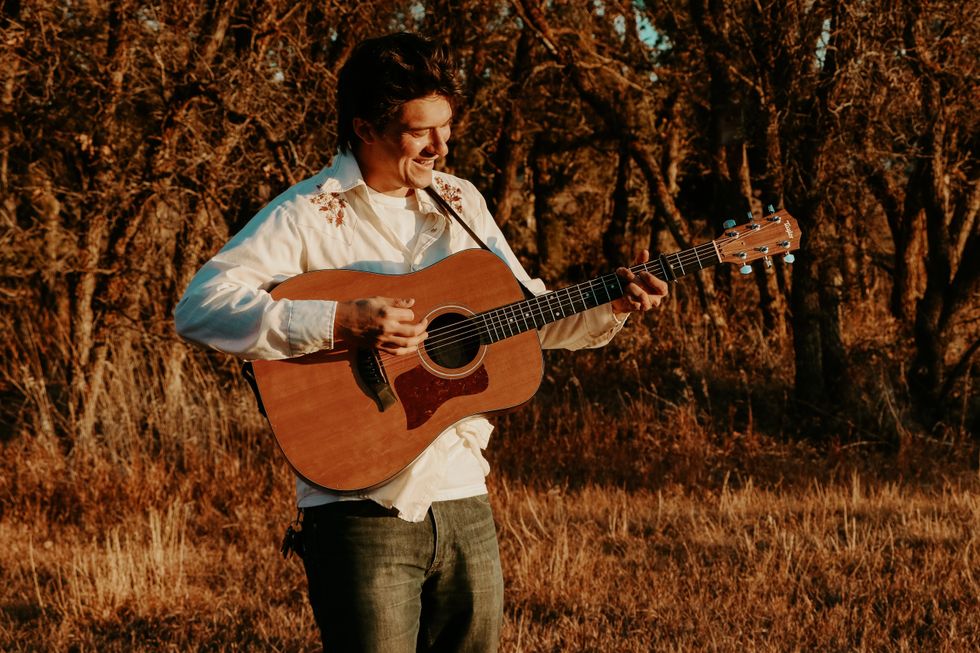
Alex Graf’s bluegrass epiphany, or one of them, anyway, occurred at a festival performance by Ricky Skaggs and Kentucky Thunder with Cody Kilby playing guitar. Alex was then a devoted jazz guitarist, planning for collegiate music studies, and the mystique of flatpicking had never revealed itself. Yet “it made instant sense to me,” he remembers. “The repertoire, the canon, the jamming, and that shared language. I was deep into Charlie Parker at that point. And I was like, ‘Holy cow, this is not the same,’ but it just resonates. I had never understood that.”
Even so, Graf, now 28, didn’t chase that Cody Kilby vibe for quite a few more years, developing what he jokes is a case of “late-onset bluegrass.” He buckled down after moving to Durango, Colorado, with his fiancée in 2017, and especially during the pandemic, when he learned solos from Tony Rice and Clarence White with the same focus and intent that he’d done for jazz solos years earlier. Today, Graf pursues a hybrid musical style with ’grass and jazz equally in reach, chiefly through his trio Tone Dog, with Tony Holmquist on mandolin and Silas Hamilton on bass. Separate from that, Graf self-produced a striking recent album of guitar tunes—original and traditional—called Sagebrush Continuum, a nod to the scrubby high desert where he lives, somewhere between sea level and his adopted state’s alpine peaks.
Tony Rice’s music, he says, “brought me into the world of bluegrass and new acoustic music. And something about it felt dangerous, like I wasn’t supposed to do that. So that made it really exciting. I became obsessed with taking the jazz stuff that I had and trying to reinterpret myself, or that understanding, through acoustic music and bluegrass.” Yet he’s never attended the IBMA convention or had contact with a thriving scene besides his friendship with Durango’s Stillhouse Junkies, who are signed to Nashville’s Dark Shadow label, so he’s in a good place to develop a sound all his own.
“I am chasing something,” he says, while stretching to define it. “A lot of it is coming through developing an improvisational language. I feel like every time I’m improvising, I’m getting a little bit closer to being able to express myself in the truest way. I know it’s a little woo-woo philosophical, but that’s kind of what drives me.”
Alex Graf’s Gear
Alex built his repertoire and recorded his album on a Taylor 100 Series acoustic, but he recently picked up a new Martin D-18. He plays D’Addario XS medium gauge strings with a BlueChip TAD 60.
Zeb Snyder
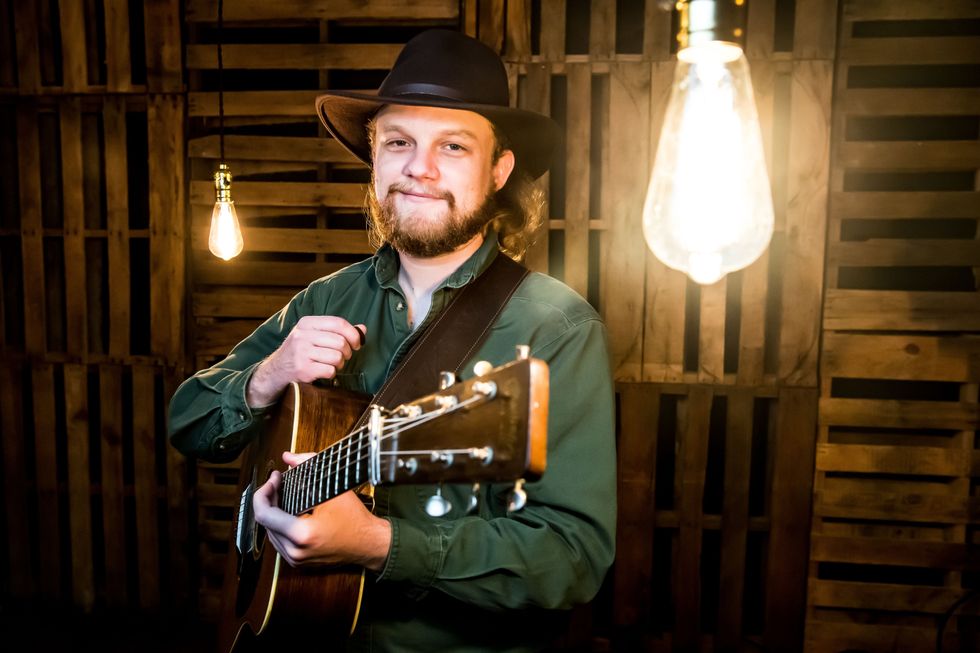
Twenty-seven-year-old Zeb Snyder has more miles under his tires and more albums in his discography than the other flatpickers in our story. He’s been playing the instrument for 20 years and touring since he was 12 with the Snyder Family Band, with his father Bud on bass and sister Samantha on fiddle. Since 2017, he’s been the youngest member of Appalachian Road Show, a hard-driving bluegrass band of veterans. And yet Snyder’s articulate, dynamic picking deserves to be better known.
Usually, family bluegrass bands are run by a patriarch, but the Snyders were a bottom-up operation. Zeb and Samantha started by taking youth lessons on classical guitar and violin, but growing up in Lexington, North Carolina, their listening tastes ran to country and bluegrass, so they started picking at local events. “The more lead guitar I started playing, and the more serious we got, we wanted somebody else to play with us. So, we asked Dad to play bass,” Zeb says.
Thing is, Bud hadn’t played since high school, so Zeb taught himself the instrument and then taught his dad how to play parts he and Samantha were coming up with, song by song. “My Dad was working a full-time job the entire time, so he didn’t have time to really study it. He always played what I taught him.” Meanwhile, Zeb and Samantha worked together on songs—she with her lyric focus and him with his instrumental chops. “So, my sister and I led the whole thing.”
Remarkably, the Snyders put out a string of independent albums and then got signed to a bluegrass label, where they issued two more … all before the youngsters reached college age. Moreover, they were pretty funky, in the vein of Nickel Creek, but that didn’t determine Zeb’s future as a bluegrass artist. When the Snyders wound down, he was taken on the road by the traditional and blues-minded mandolinist Darrell Webb. Then, Webb soon conspired with two former members of Mountain Heart to create Appalachian Road Show, a semi-conceptual band that weaves narrative and wardrobe into its throwback vibe.
Initially, the Road Show brought in hired guns for its first album, so newcomer Zeb played second to Bryan Sutton during the sessions, which he regards as “transformative” in his guitar education. Since then, he’s cultivated his bluegrass with a hybrid right-hand picking style adapted from the late electric-guitar wizard Danny Gatton.
“We take great care to protect this Appalachian Road Show vision and be really specific about what each individual song needs to sound like,” Zeb says. Whether a tune calls for a Doc Watson touch or Travis-style picking, or something else from the tradition, he’s got that in his bag. “The family band was progressive and original, and ‘let’s see what kind of weird stuff we can come up with.’ And this is a more subtle, directed kind of creativity,” he says.
Zeb Snyder’s Gear
Zeb plays a 1955 Martin D-28 that once belonged to Phil Rosenthal of the Seldom Scene, strung with D’Addario XT medium gauge phosphor bronze strings. He uses a BlueChip TAD 45 pick and a McKinney-Elliott capo he’s had since he was 13.
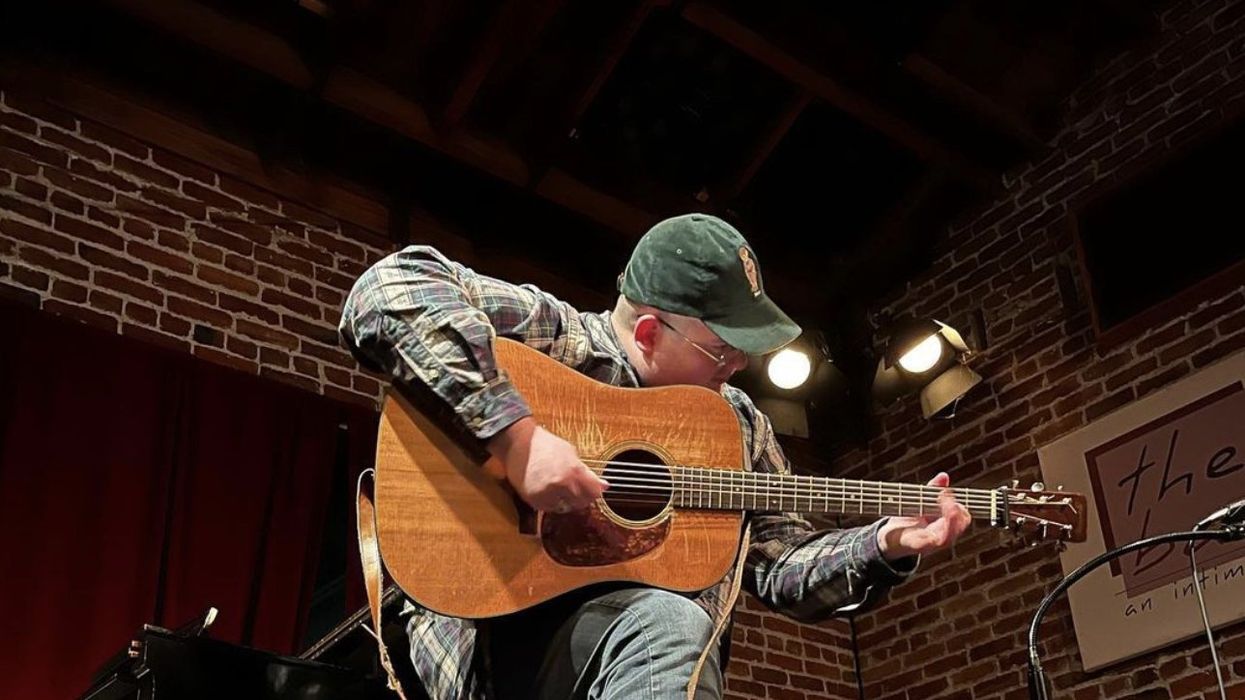






![Rig Rundown: Russian Circles’ Mike Sullivan [2025]](https://www.premierguitar.com/media-library/youtube.jpg?id=62303631&width=1245&height=700&quality=70&coordinates=0%2C0%2C0%2C0)












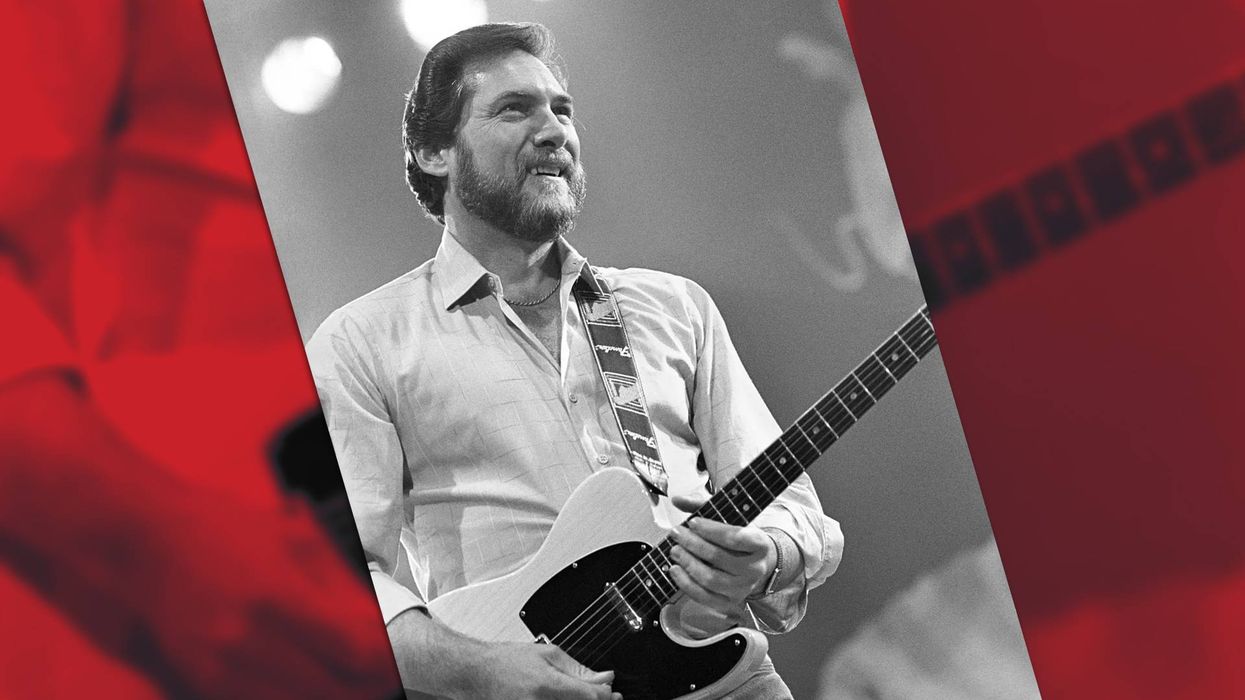

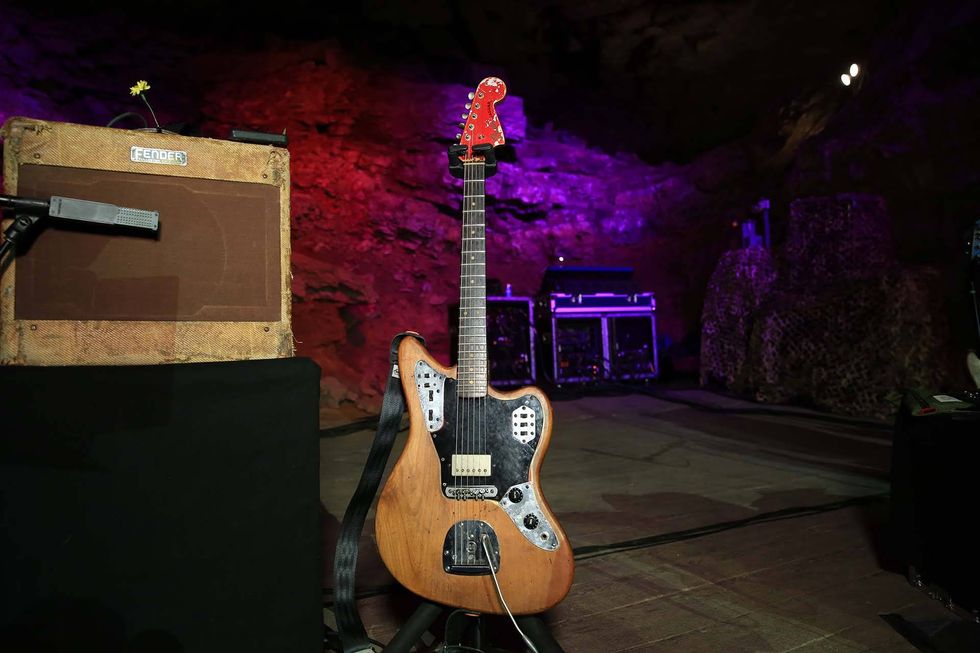
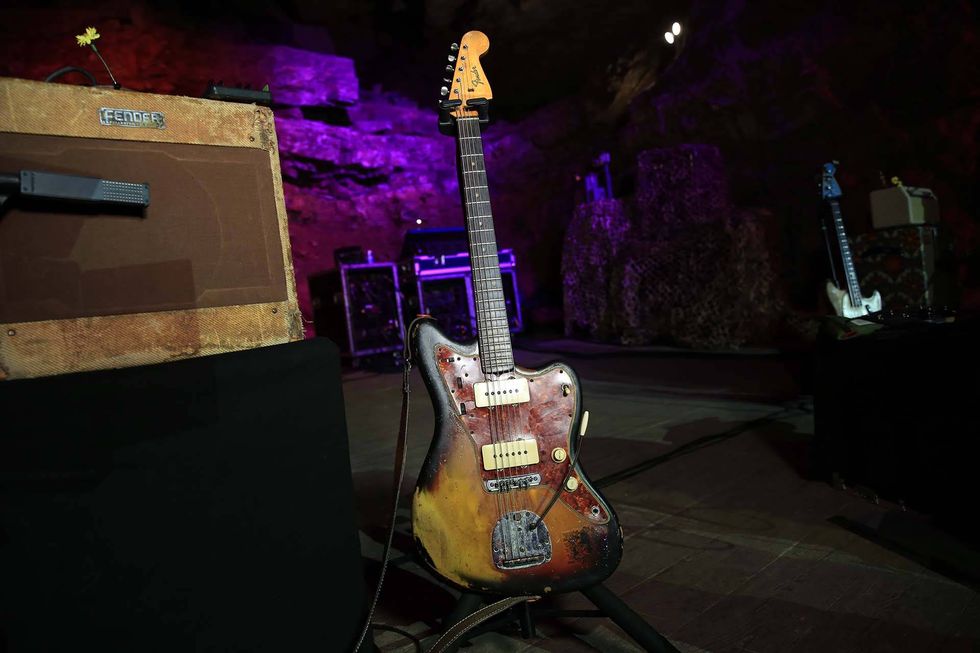
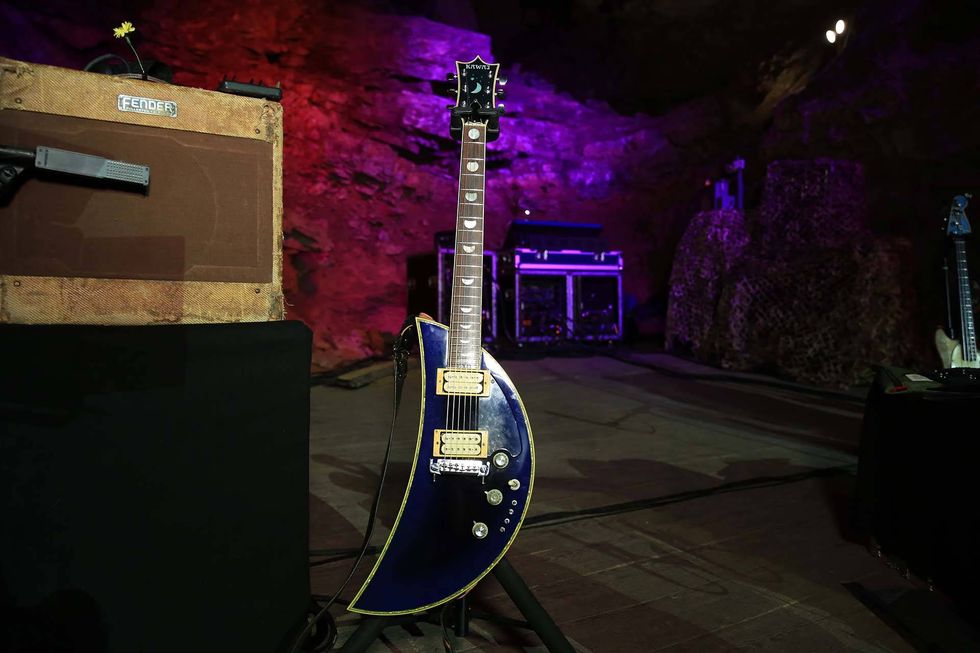
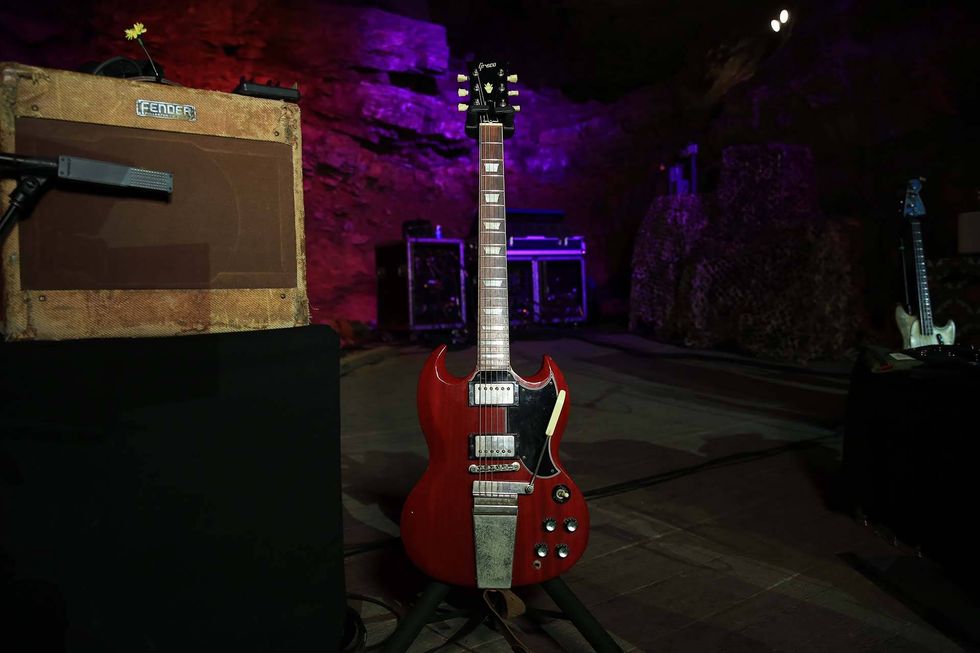
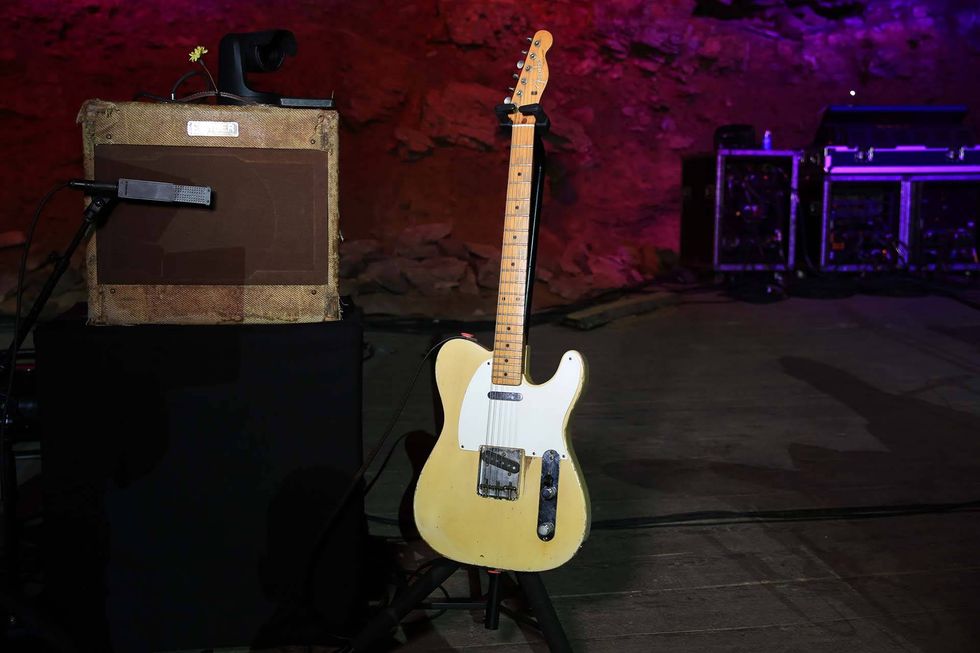
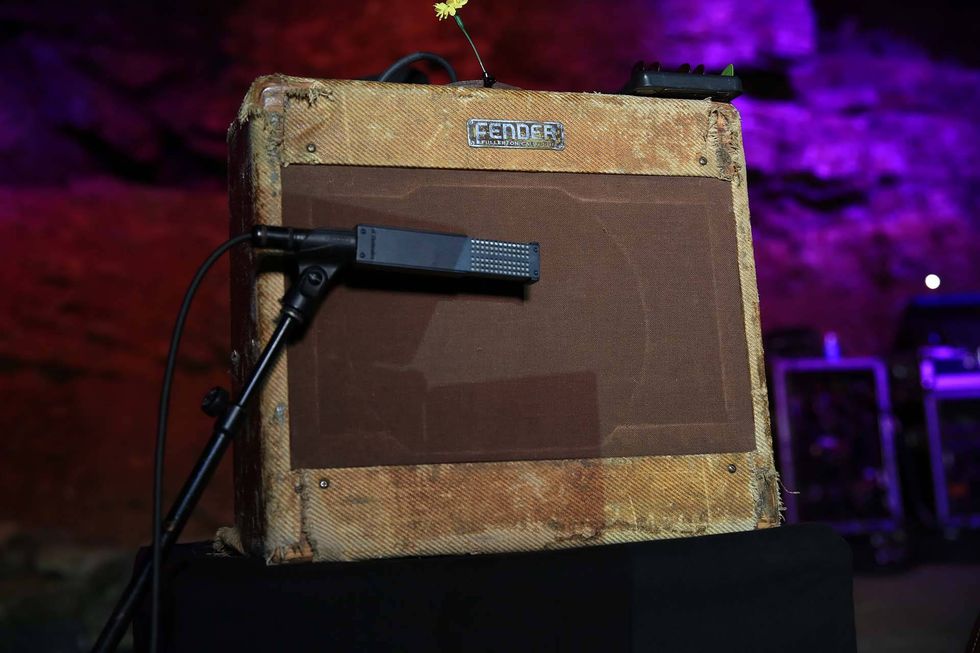
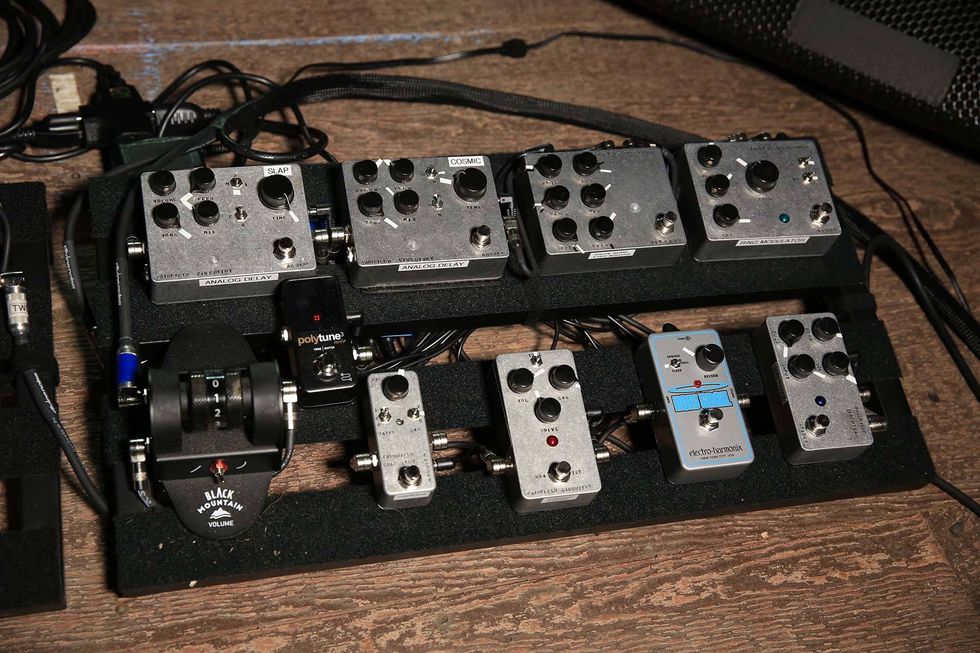


![Rig Rundown: AFI [2025]](https://www.premierguitar.com/media-library/youtube.jpg?id=62064741&width=1245&height=700&quality=70&coordinates=0%2C0%2C0%2C0)




















 Zach loves his Sovtek Mig 60 head, which he plays through a cab he built himself at a pipe-organ shop in Denver. Every glue joint is lined with thin leather for maximum air tightness, and it’s stocked with Celestion G12M Greenback speakers.
Zach loves his Sovtek Mig 60 head, which he plays through a cab he built himself at a pipe-organ shop in Denver. Every glue joint is lined with thin leather for maximum air tightness, and it’s stocked with Celestion G12M Greenback speakers.






